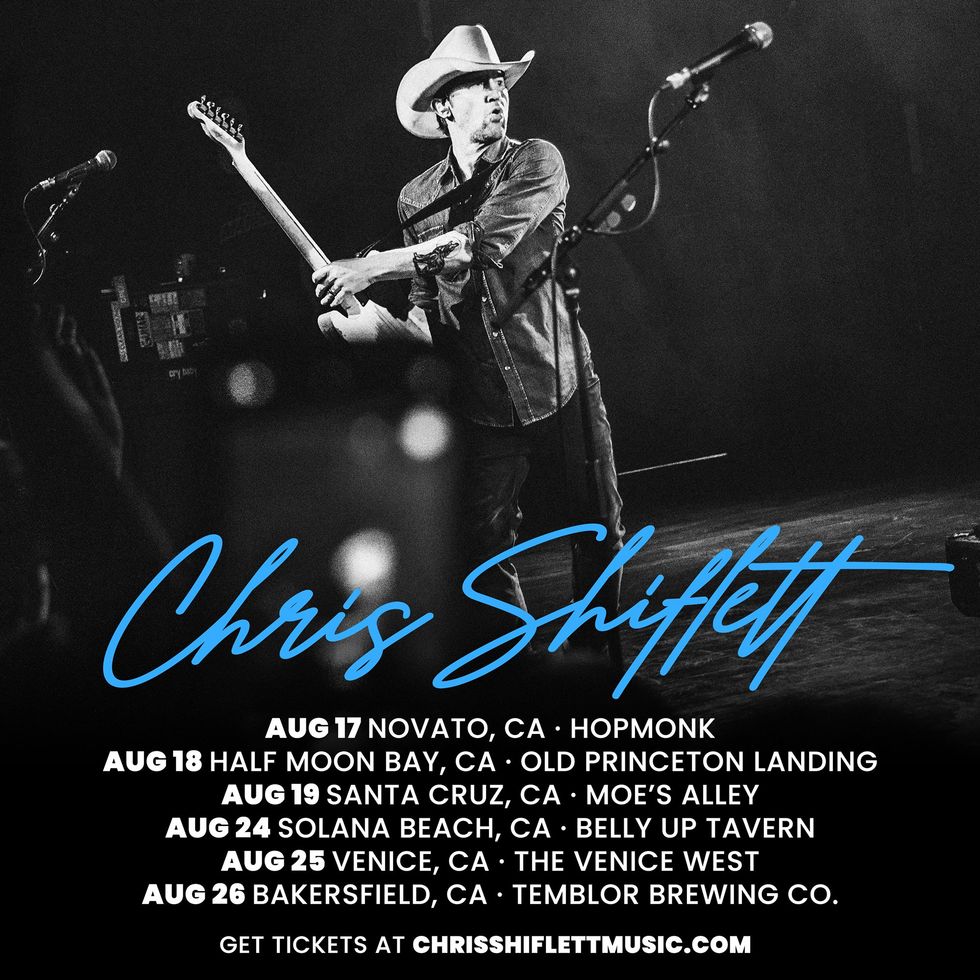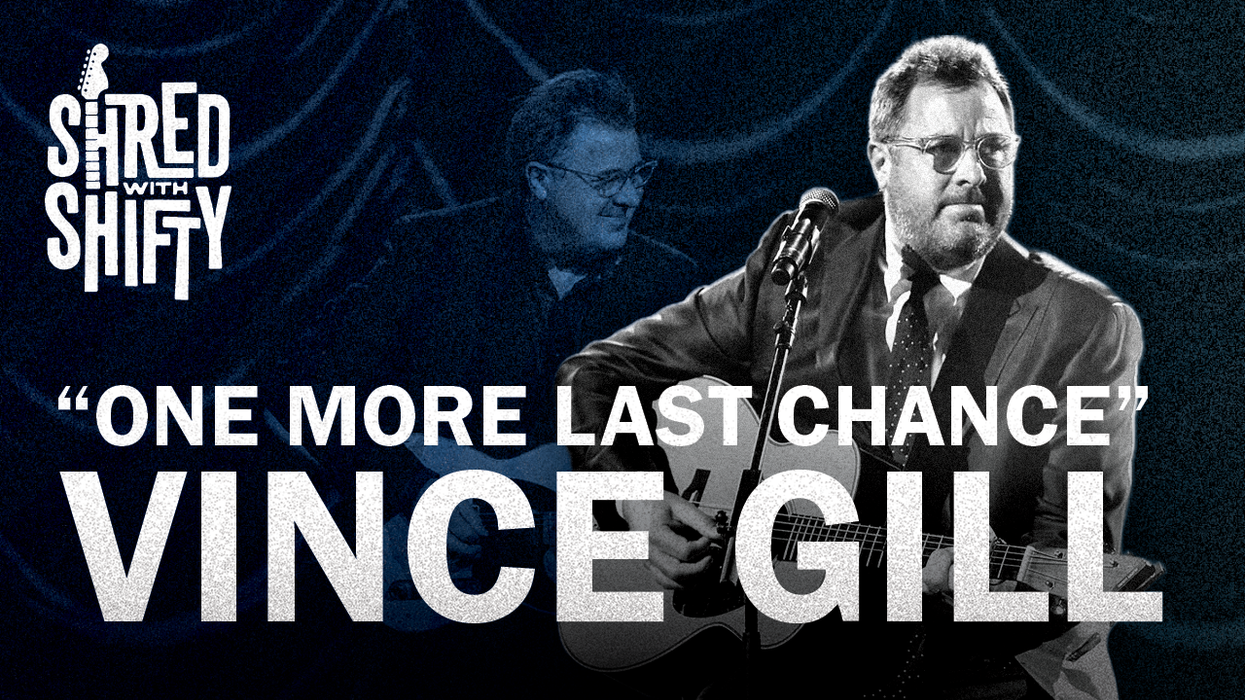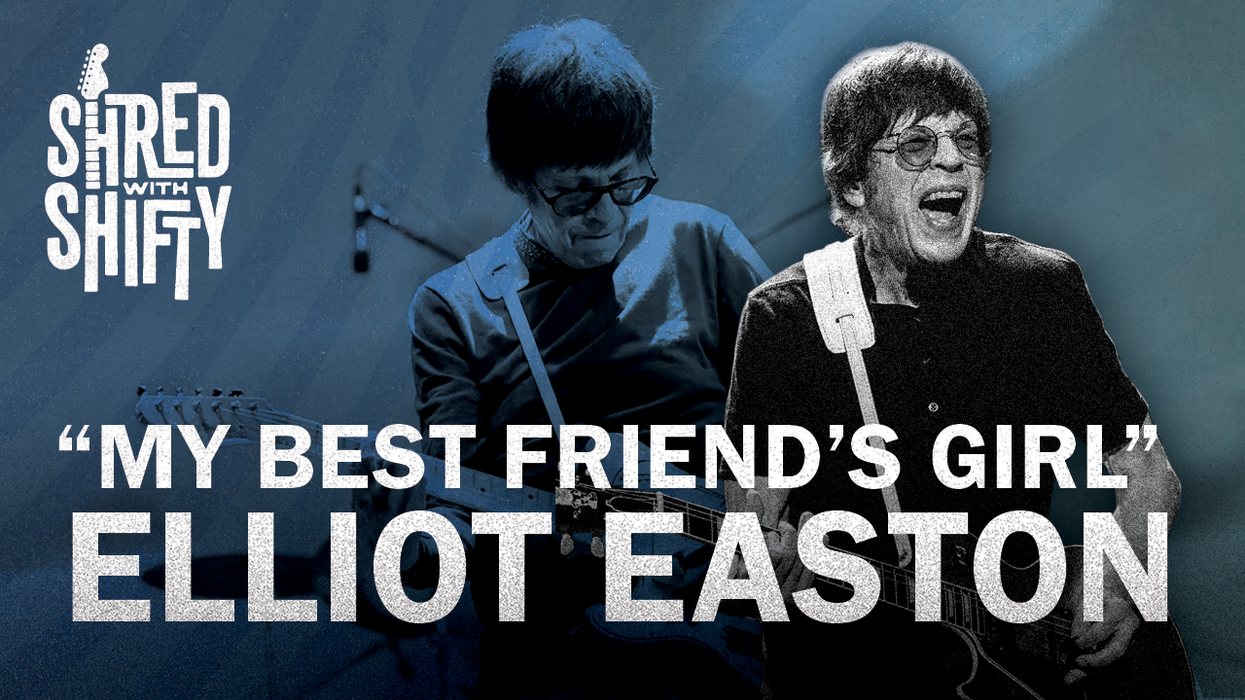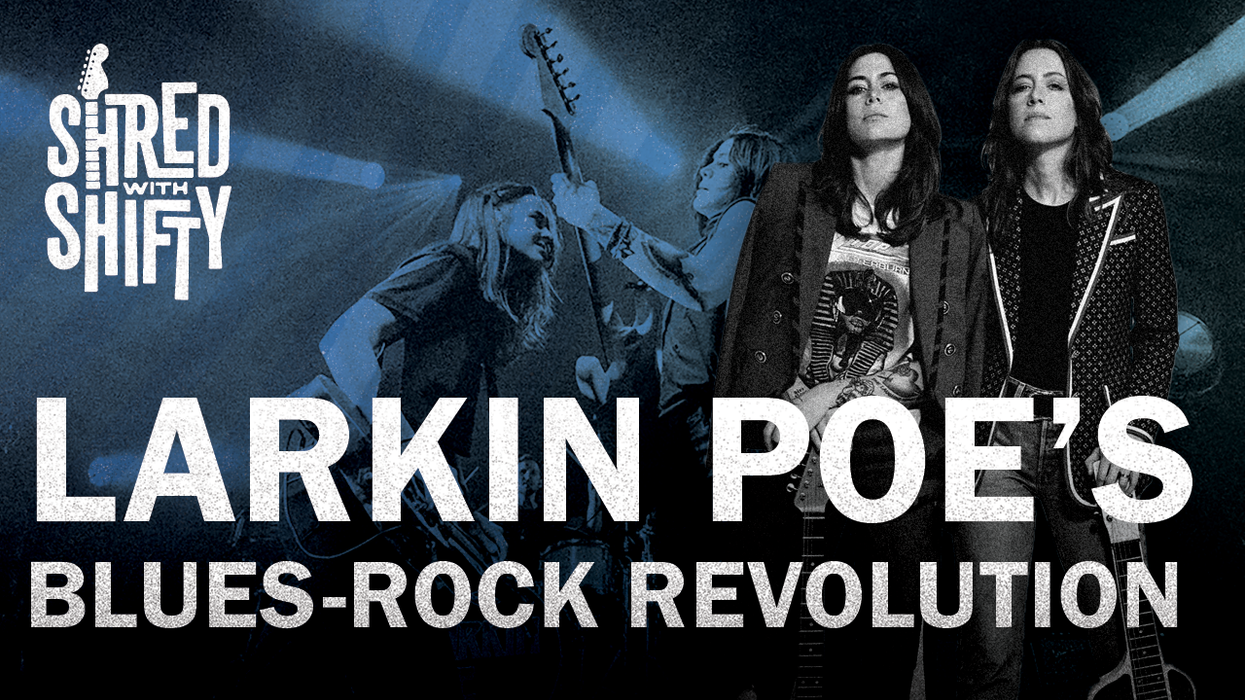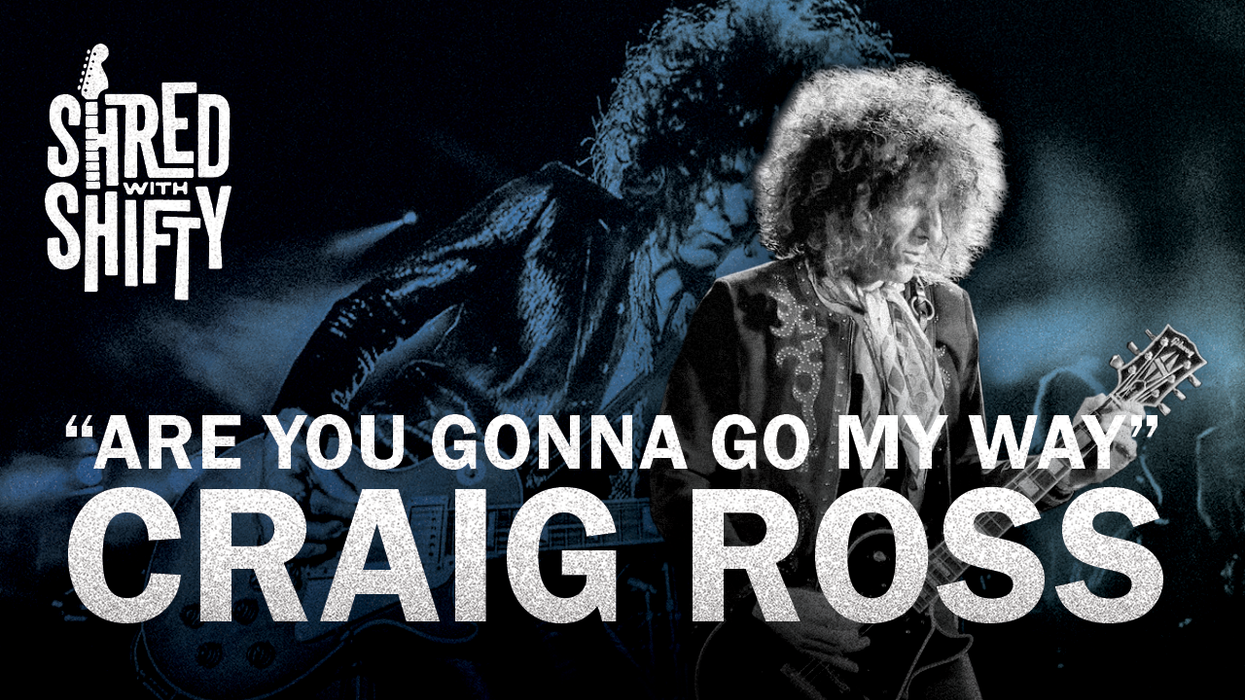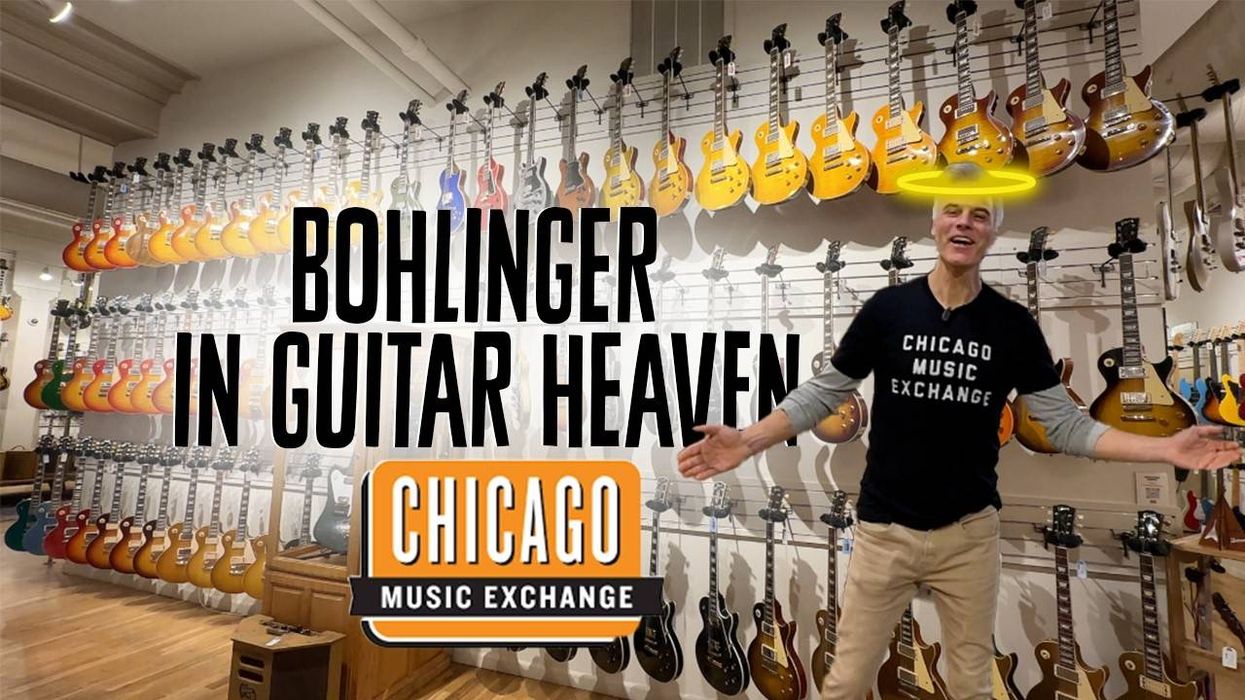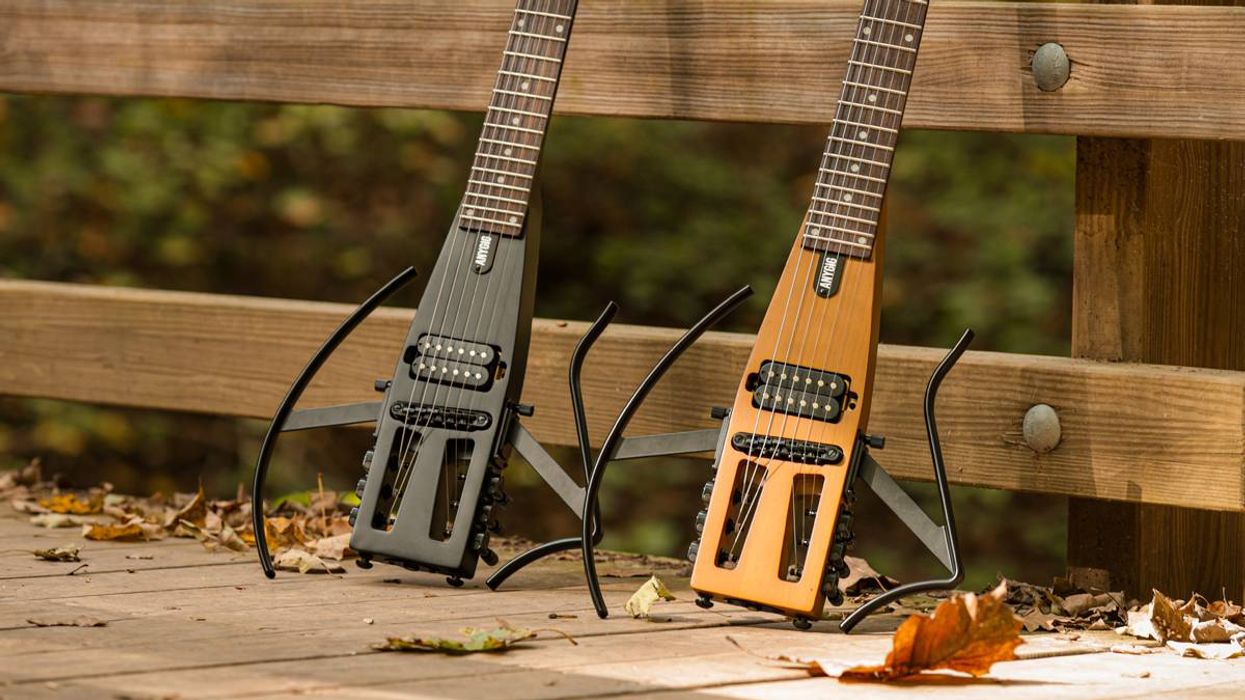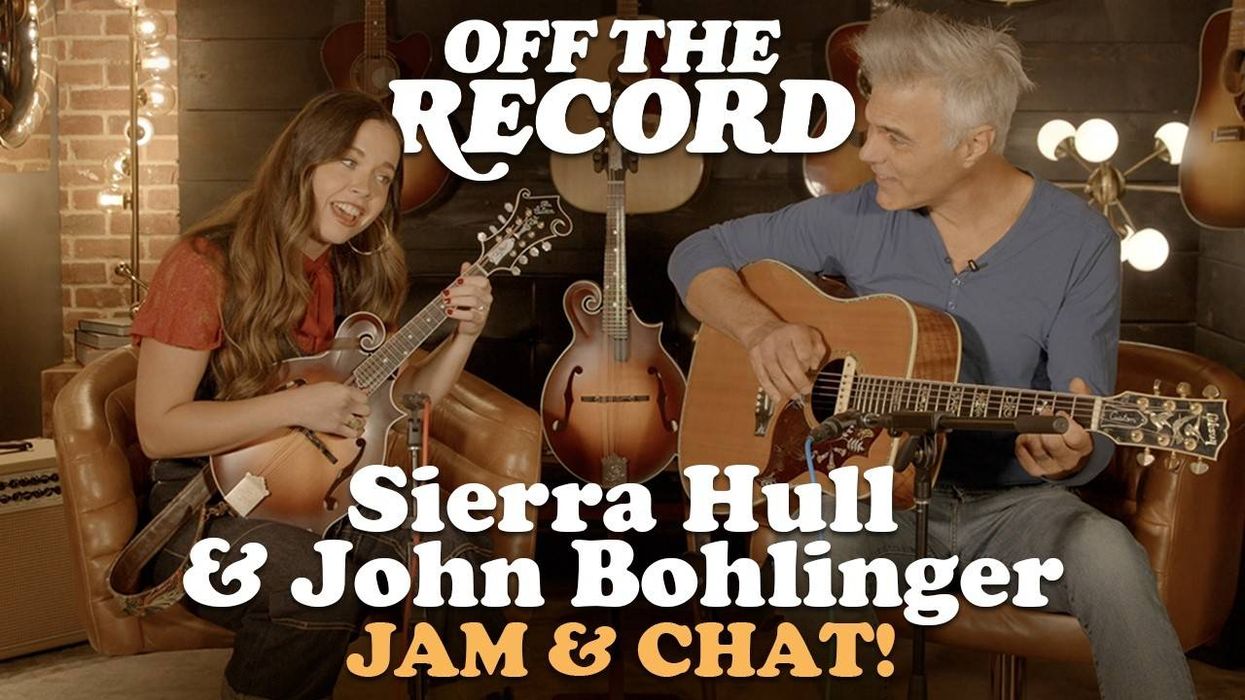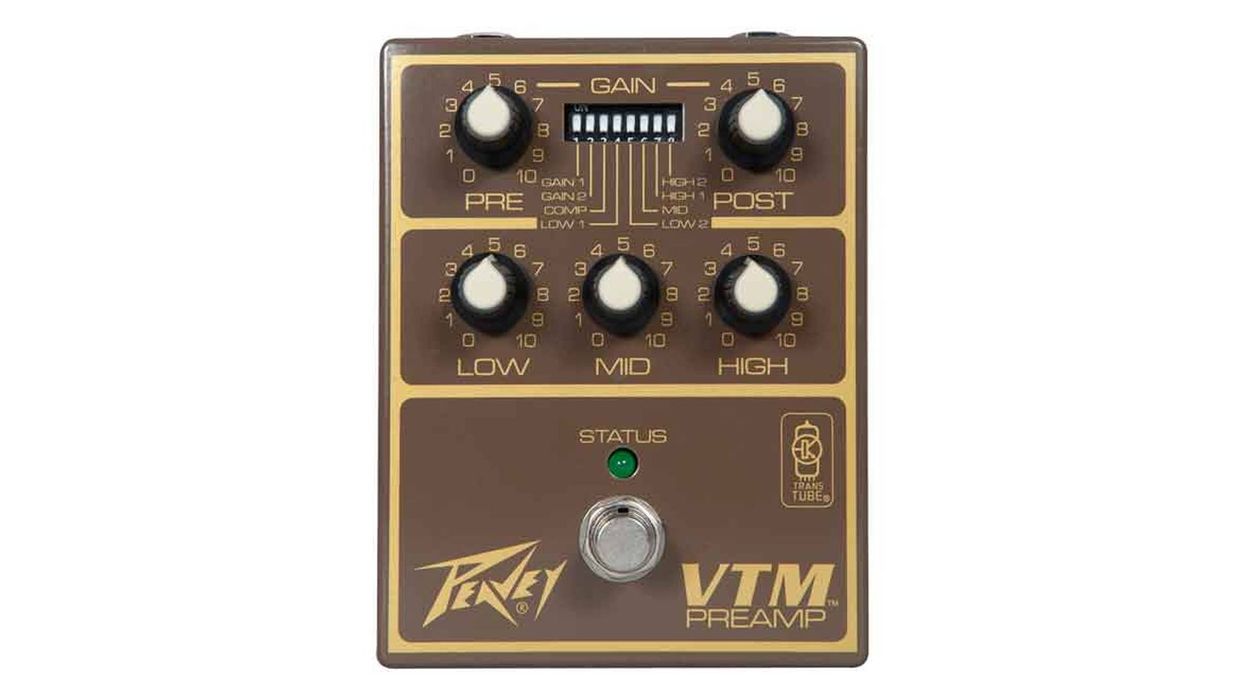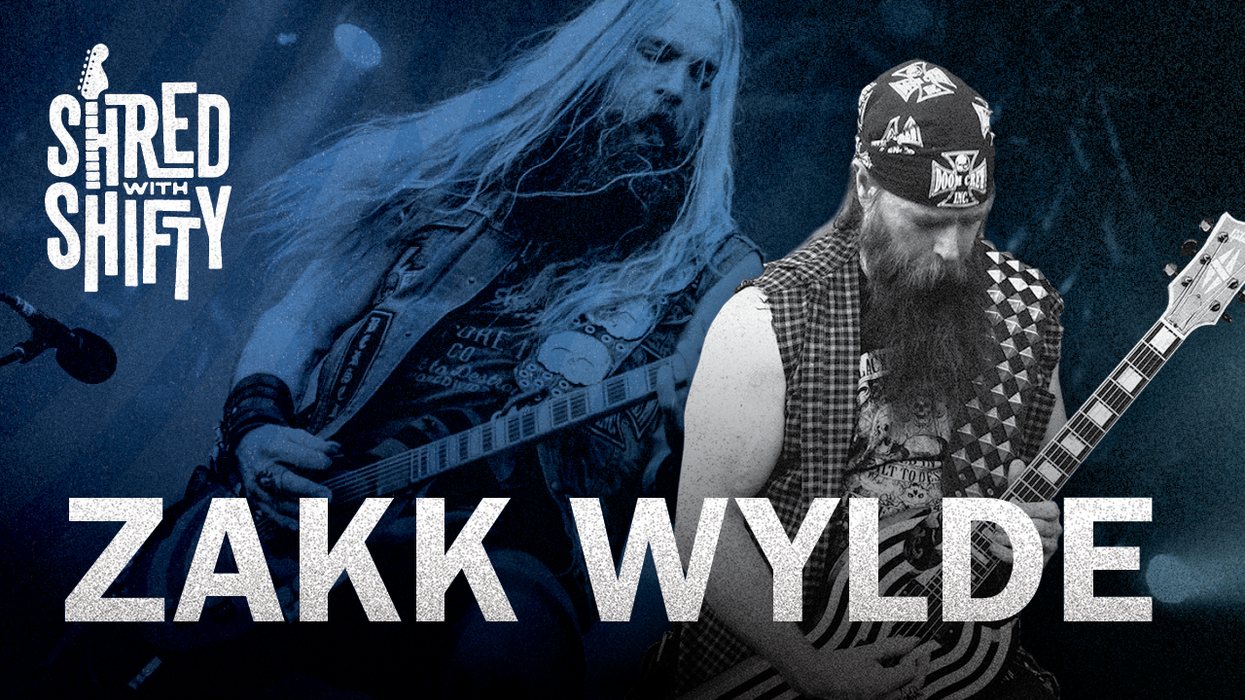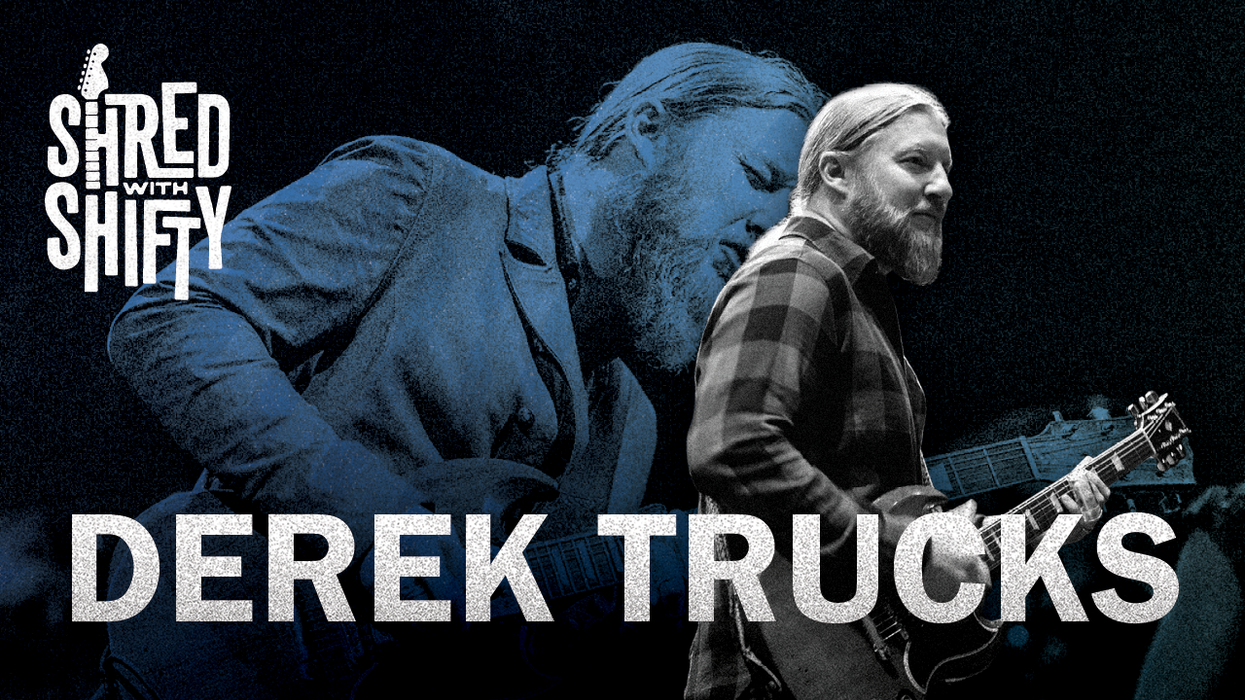"I don't use effects," Rivers Cuomo states, matter-of-factly, to Chris Shiflett on this second episode of Shred With Shifty. That might come as a bit of a shock to all the Weezer fans out there who went and bought a Big Muff in an effort to imitate the alt-rock guitarist's sound. For his tones on the band’s famous debut album, he went straight into his amp, and the only effect heard on that record, he says, was a bit of delay on the swells in "Only in Dreams."
The outro solo to "Only in Dreams," the final song on the album, is the subject of this ep. And after the guitarists spend a few minutes discussing Cuomo's inspirations, influences, and the production of both that album and the band's sleeper success, Pinkerton, Cuomo walks Shifty through the solo lick by lick. There's the sequence of octaves high up on the neck, colored by an unexpectedly placed major 7th chord ... and Cuomo's vibrato, which reminds Chris of Brian May. What shapes a guitarist's vibrato? “Must have something to do with your nerves between your brain and your fingers,” Cuomo says.
Before the recording of the album at Electric Lady Studios in NYC, Weezer's label insisted they work with a producer, which Cuomo rejected at first. Then he heard the Cars' "Just What I Needed" in the supermarket one day, and sought out the band's guitarist, Ric Ocasek. Ocasek was the one to push Cuomo to record an outro solo over the previously stripped-down, rhythm-section-based final three minutes of "Only in Dreams." After weeks of Ocasek's encouragement, Cuomo found himself alone in the studio one weekend and improvised his way through the solo. "This might be hard to believe, but when we started out, we were much more like a hippie band," Cuomo explains, describing his past devotion to Trey Anastasio. As it turns out, part of the "Only in Dreams" solo came out of Weezer's jamming portions of the song during their live shows.
Credits
Producer: Jason Shadrick
Executive Producers: Brady Sadler and Jake Brennan for Double Elvis
Engineering Support by Matt Tahaney and Matt Beaudion
Video Editors: Dan Destefano and Addison Sauvan
Special thanks to Chris Peterson, Gregory Nacron, and the entire Volume.com crew.


